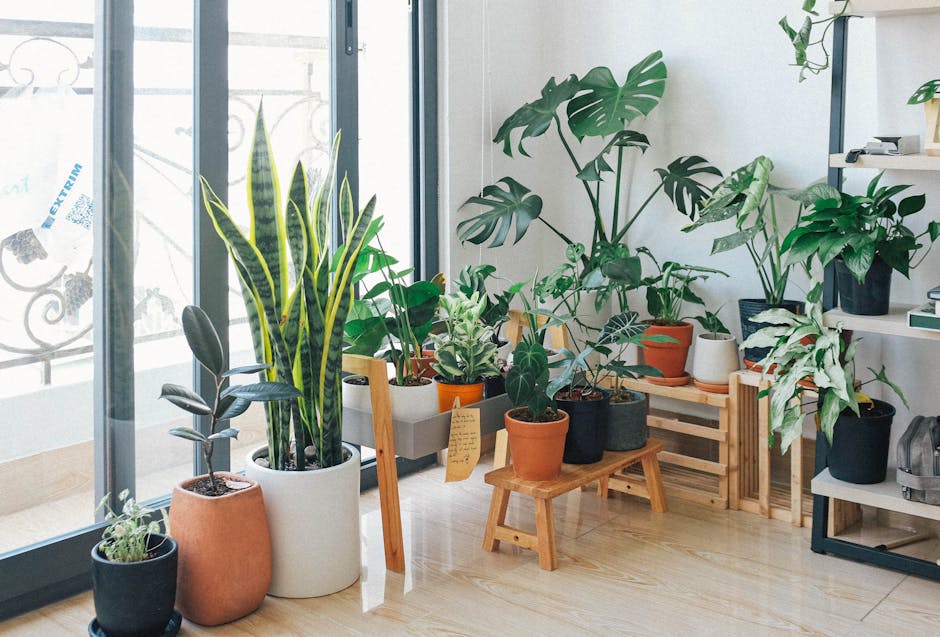Embrace Digital Minimalism: A Path to Eco-Friendly Living
In our ever-connected world, the irony of technology's convenience comes at an enormous environmental cost. With online connections rapidly replacing face-to-face interactions and digital devices consuming vast resources, adopting a digital minimalism lifestyle could prove to be a revolutionary step toward reducing one’s carbon footprint. This article dives into how tech-free living leads to a more sustainable life, exploring actionable tips and insights to help you blend modern living with eco-friendliness.
Understanding Digital Minimalism

Digital minimalism isn’t just about cutting back on screen time; it's a holistic lifestyle choice that encourages individuals to select and optimize technology use in ways that enrich their lives while minimizing their ecological impact. Our devices may provide comfort, but they also require mining materials, energy for manufacturing and operation, and eventually lead to electronic waste. Each component impacts nature. By choosing a more conscientious approach, we can regain autonomy over our time and resources while promoting sustainable living.
The Impact of Technology on the Environment

With the average person spending over seven hours in front of screens daily, the question arises: what toll does this dependency take on our planet? According to a Harvard Business Review article, the growing digital footprint adds pressure to already strained energy resources, with data centers consuming about 2% of the world’s electricity. This figure is anticipated to rise as more devices connect to the Internet of Things (IoT).
Additionally, the production and disposal of electronic devices lead to hazardous waste, heavily polluted environments, and significant carbon emissions. For instance, the production of a single smartphone can result in up to 83 kg of carbon emissions, so reconsidering how we use and engage with technology can directly influence our ecological footprint.
Reducing Digital Clutter: Where to Start

To embrace a digital minimalist lifestyle, start by examining your tech usage habits. Begin with these practical steps:
1. Declutter Your Digital Space
Every notification, email, or social media update can contribute to mental clutter. Dedicate time to clean up your digital devices: delete unused apps, unsubscribe from unnecessary email lists, and organize files. A streamlined digital environment not only enhances productivity but also lessens the energy spent on your devices.
2. Set Boundaries with Technology
One of the core principles of digital minimalism is establishing boundaries. Define specific times for using technology. For example, choose tech-free hours in the evening, focusing instead on hobbies or family time. This shift not only strengthens relationships but also reduces energy consumption.
3. Practice Mindful Media Consumption
Instead of mindlessly scrolling your feed, practice conscious media consumption. Seek out content that supports your values of sustainability and personal growth. Curate your digital landscape to include resources that align with eco-friendly living, such as sustainable travel ideas or environmental documentaries.
Embracing Tech-Free Activities
By exchanging digital time for enriching, tech-free activities, we not only boost our mental health but also engage in environmentally friendly practices.
4. Nature Immersion
Spending time outdoors is an invigorating way to connect with nature and refocus your priorities. Whether it's hiking in a local park or engaging in urban foraging, immersing yourself in nature cultivates mindfulness and fulfillment. You can discover the hidden edible plants around you in our article on urban foraging.
5. Revive Ancient Crafts
Embracing traditional crafts offers a more sustainable way to express creativity without relying on technology. Activities like pottery, knitting, or woodworking use natural materials and reduce emissions compared to mass-produced goods. By reviving these ancient crafts, you align with a lifestyle that promotes sustainability and craftsmanship, as discussed in our post on reviving ancient crafts.
Cultivating an Eco-Friendly Home
A sustainable lifestyle starts at home. Creating a space that supports both your well-being and the environment goes hand-in-hand with digital minimalism.
6. Biophilic Design Principles
Integrating nature into your living space enhances mental well-being and reduces energy consumption. Consider using biophilic design principles to create a home that invites the outdoors in. Incorporate plants to improve air quality and instill a sense of peace, as explained in our article on biophilic design.
Rethinking Your Electronics
While a digital detox is vital, it isn’t realistic to eliminate technology entirely. Instead, aim to make more eco-conscious choices when it comes to your electronic devices.
7. Choosing Energy-Efficient Electronics
Invest in energy-efficient devices that utilize less power while providing the functionality you need. Look for products with ENERGY STAR ratings or consider alternatives that offer eco-friendly benefits. Understanding the unseen impact of home electronics will help you make informed decisions, as discussed in “The Unseen Impact of Home Electronics.”
8. Upcycling Old Electronics
Before discarding old gadgets, consider upcycling them. Crafting unique home decor or creating functional items out of electronic waste is a sustainable way to reduce waste and stretch your creativity. This practice, referred to as the art of upcycling, encourages a mindset focused on repurposing and resourcefulness. Explore more on the subject through our post on upcycling for sustainability.
Embracing Sustainable Meal Prep
Cooking can be a sustainable practice that mirrors the philosophies of both minimalism and eco-consciousness.
9. Implement the Circular Meal Plan
By adopting a circular meal plan, which emphasizes reducing waste through careful planning and using leftovers effectively, you not only save money but also lessen food waste. This approach aligns with sustainable living principles, discussed in our article on circular meal planning.
10. Creating a Zero-Waste Kitchen
Transform your kitchen into a zero-waste space using easy swaps for disposables. Invest in reusable bags, silicone food storage, and composting bins to align your cooking habits with a more sustainable approach. For specific ideas, check our guide on “10 Easy Swaps for a Zero-Waste Kitchen.”
Building an Eco-Conscious Community
Combining efforts with others can exponentially increase your sustainability initiatives.
11. Join Local Environmental Groups
Network with like-minded individuals in your community to share tips and ideas for living sustainably. Whether it’s community gardens, workshops, or local meet-ups, engaging with others amplifies your impact and provides support for your minimalistic journey.
12. Advocate for Change
Use your voice to advocate for policies and practices that support sustainability. Raise awareness about issues that matter to you and join campaigns or groups focused on environmental activism.
The Psychological Benefits of Tech-Free Living
Taking a step back from technology not only benefits the environment but also nurtures our well-being.
13. Enhance Creativity and Focus
By reducing screen time, individuals often find a revived sense of creativity and improved focus. Engaging in activities without digital distractions allows for deeper thought and exploration. Discovering quiet moments can lead to unexpected bursts of inspiration.
14. Improve Mental Health
Spending less time connected and more time engaging with the real world helps combat anxiety and depression. Studies indicate that reduced screen time correlates with improved mental well-being, making digital minimalism a practice worth considering for emotional health.
Next Steps for Your Digital Minimalism Journey
Engaging in digital minimalism can seem daunting at first but taking gradual steps will allow you to harmoniously connect with both your mental health and the environment. Start by decluttering your digital space, setting boundaries around technology use, and embracing alternative lifestyle practices. As you swap tech-induced activities for meaningful engagements and adopt more sustainable habits, you’ll soon find satisfaction in living simply, purposefully, and sustainably.
By striving for a life of minimalism in a digital landscape that often encourages excess, you pave the way for an eco-friendly future that promotes not only your well-being but also the health of the planet.



